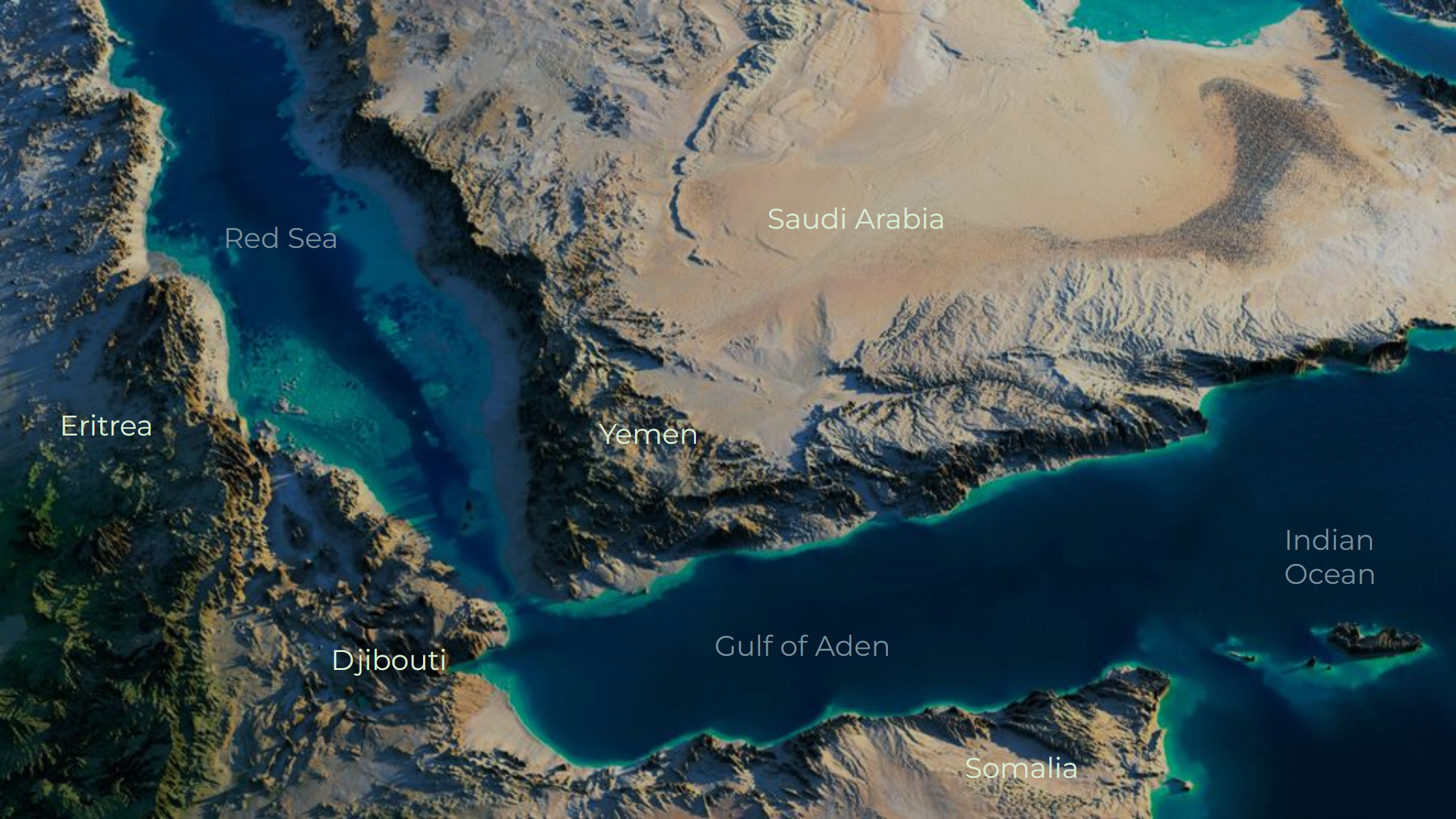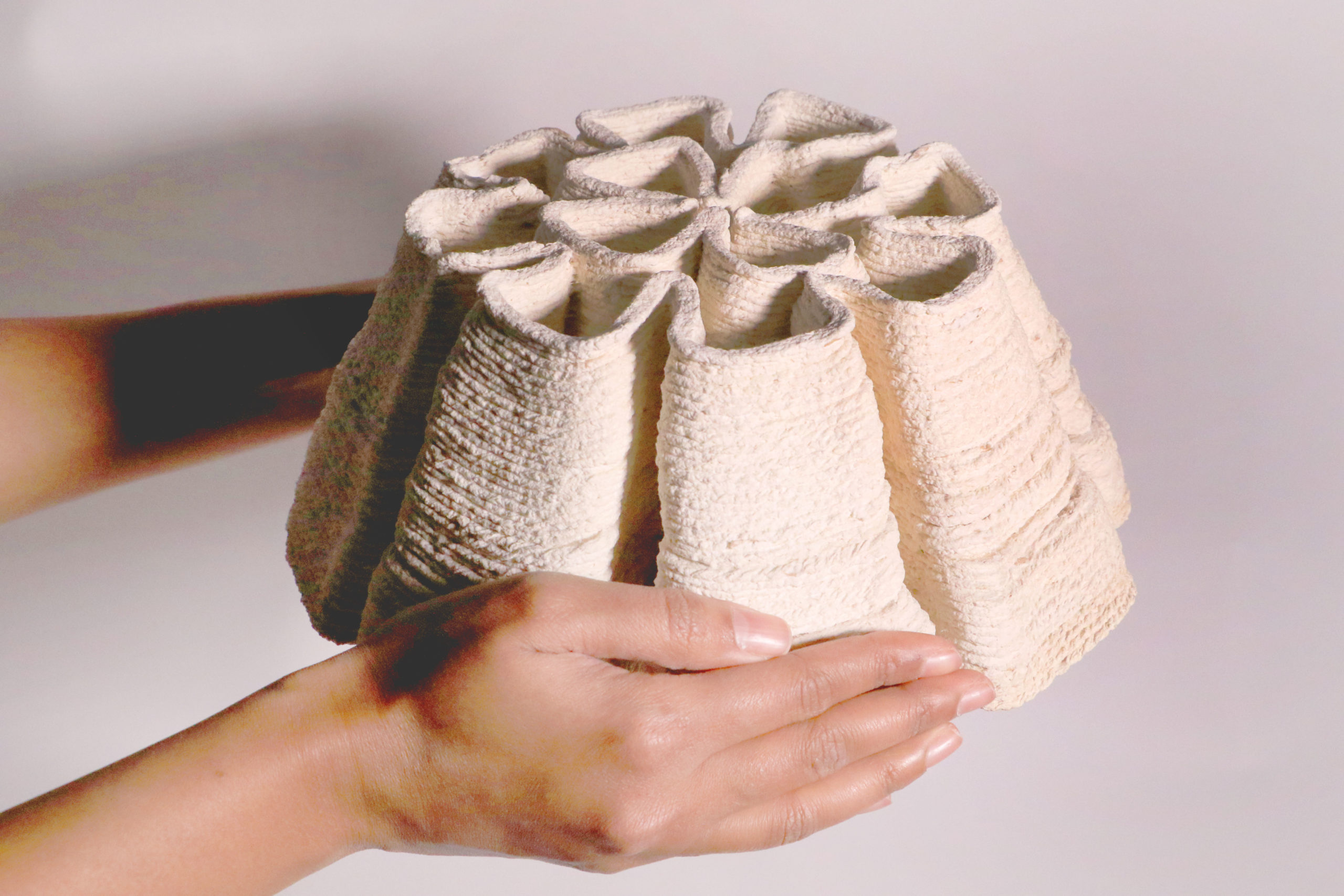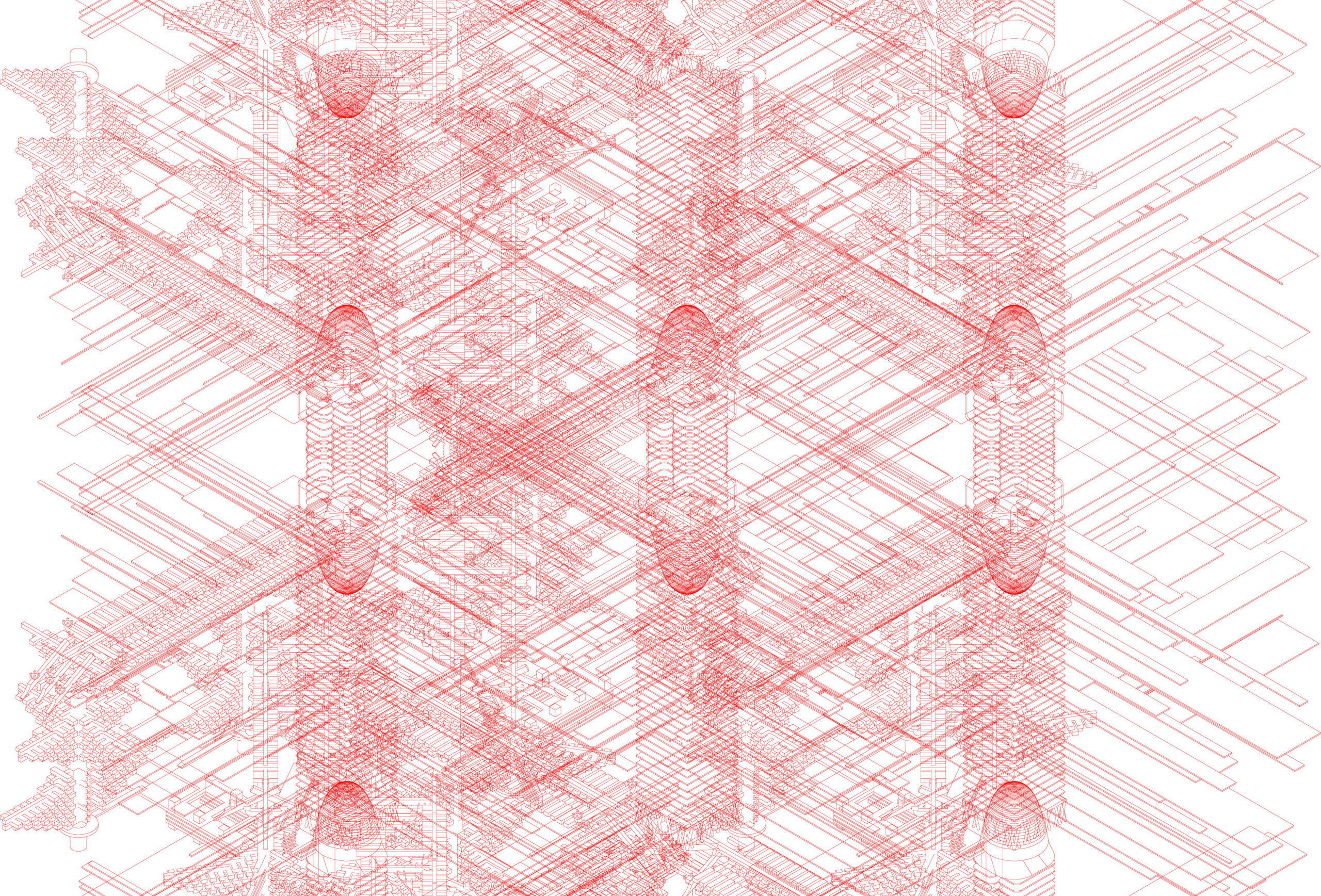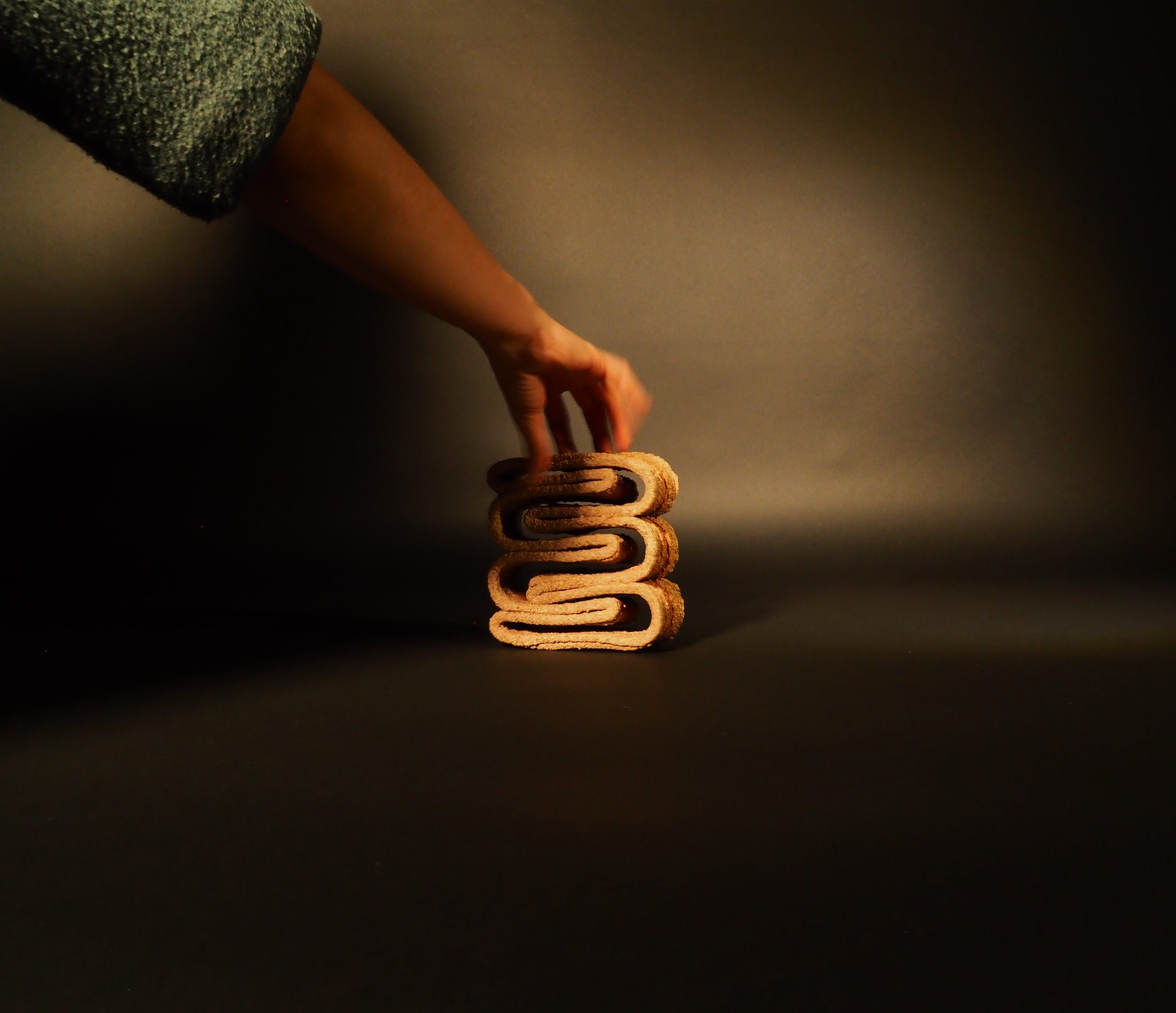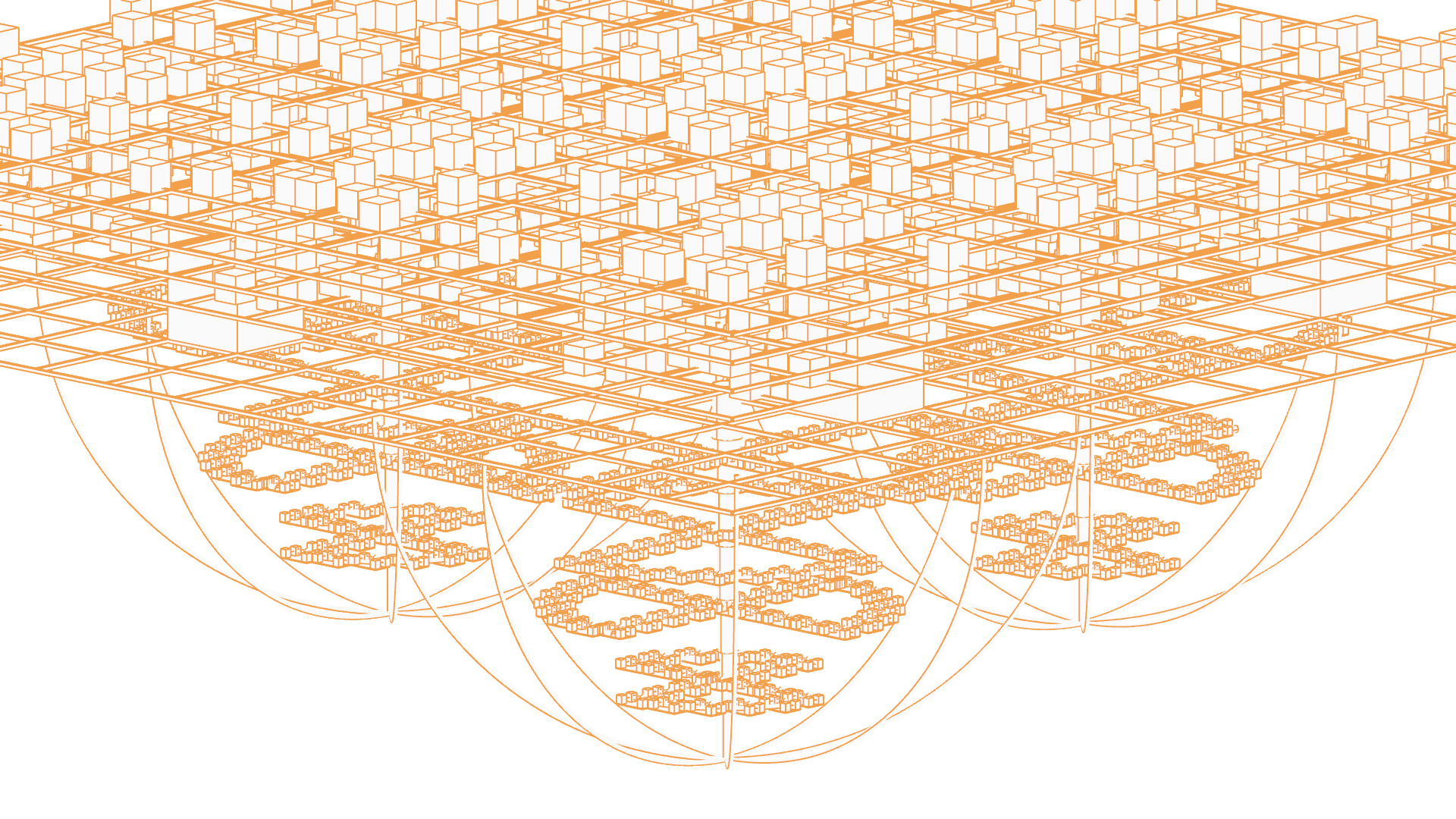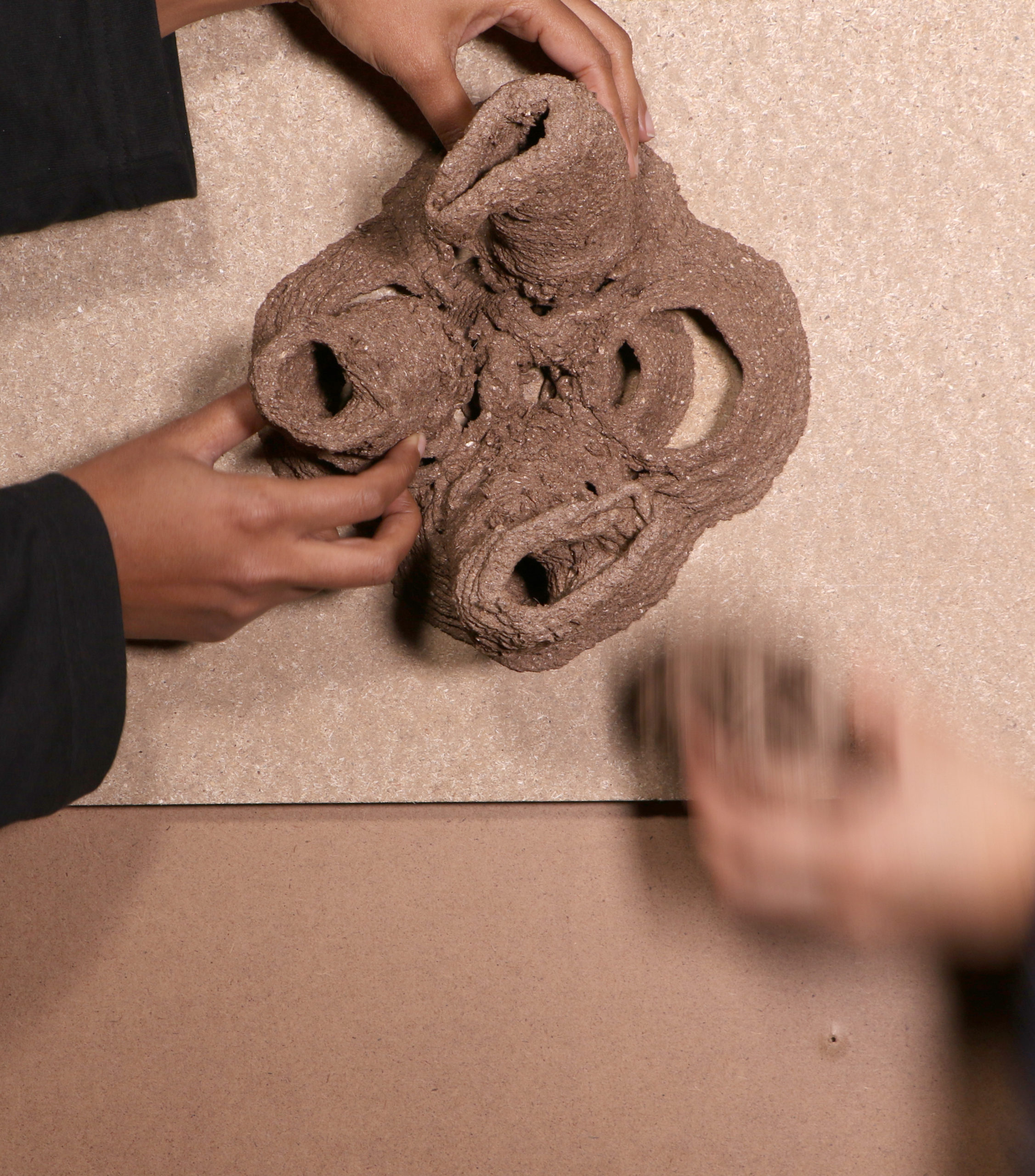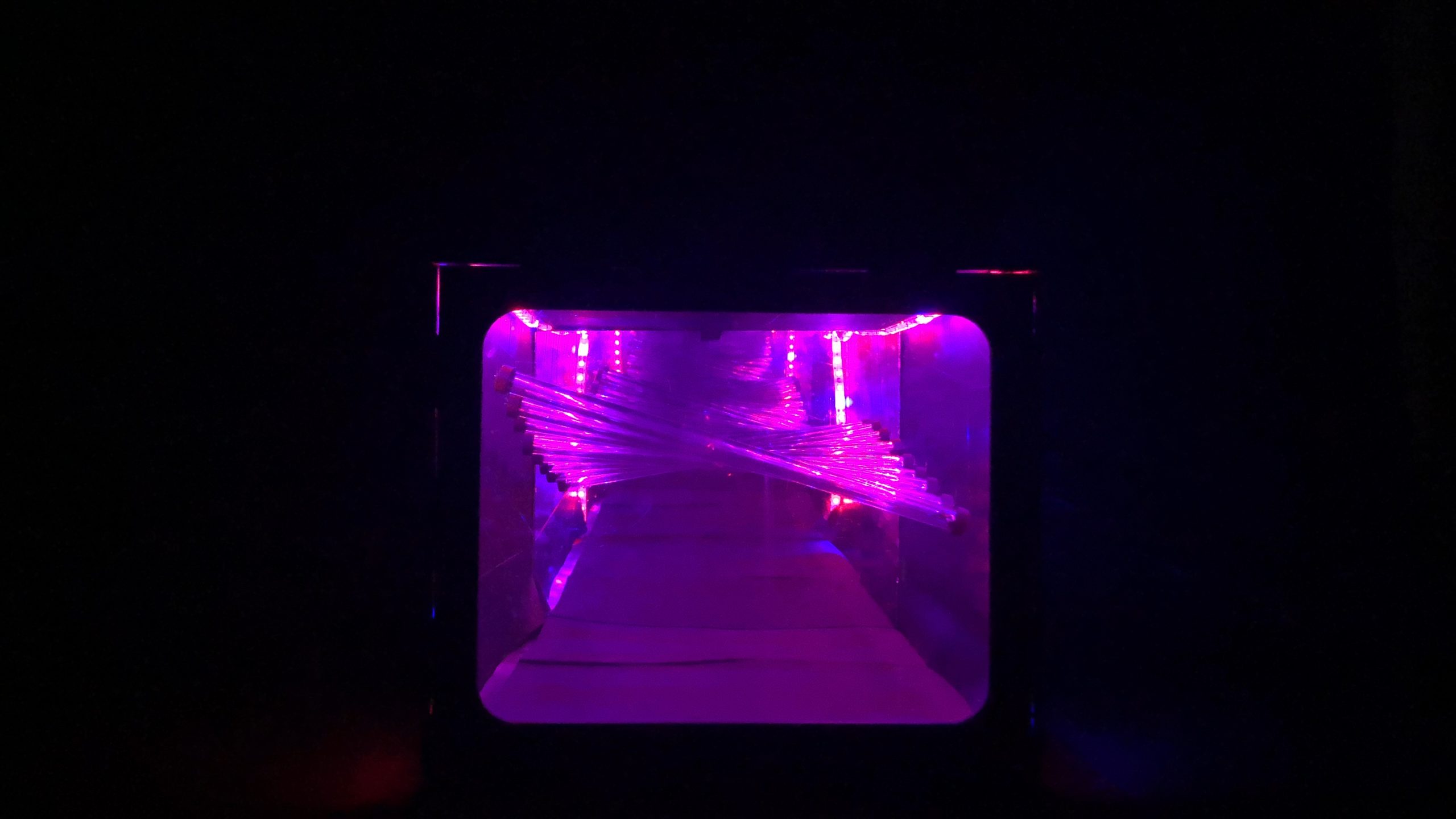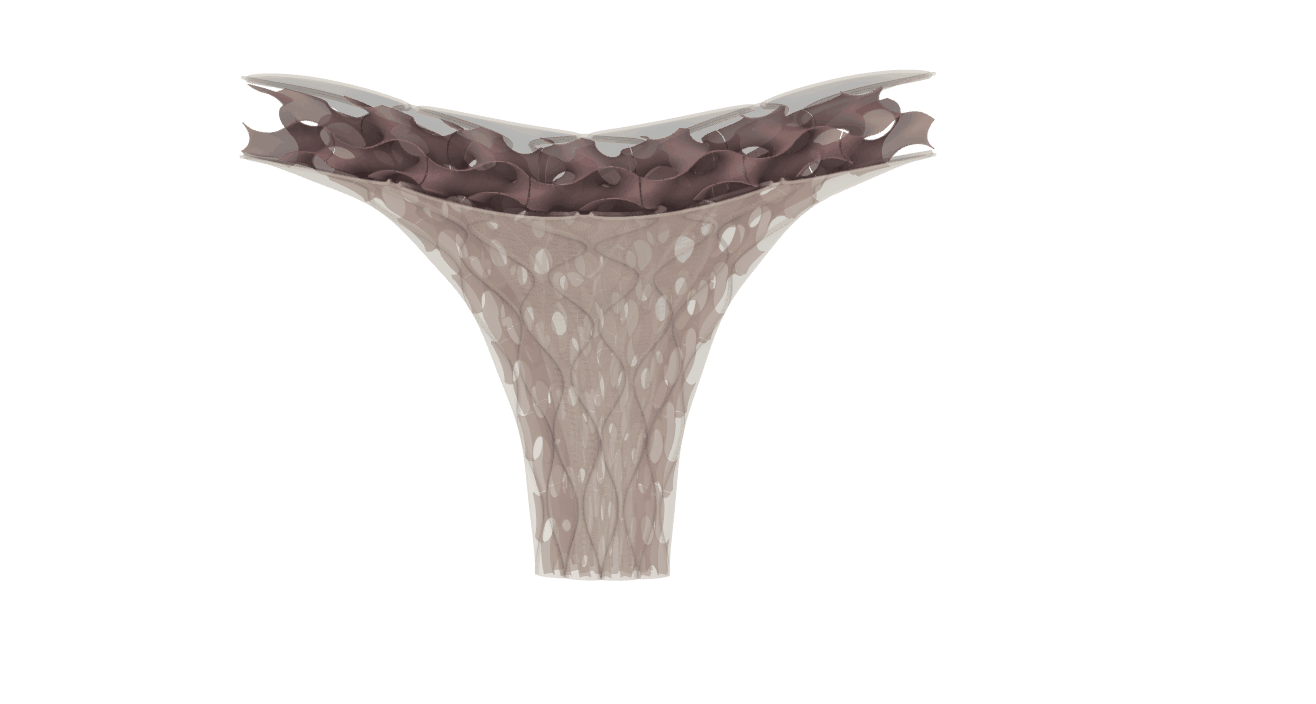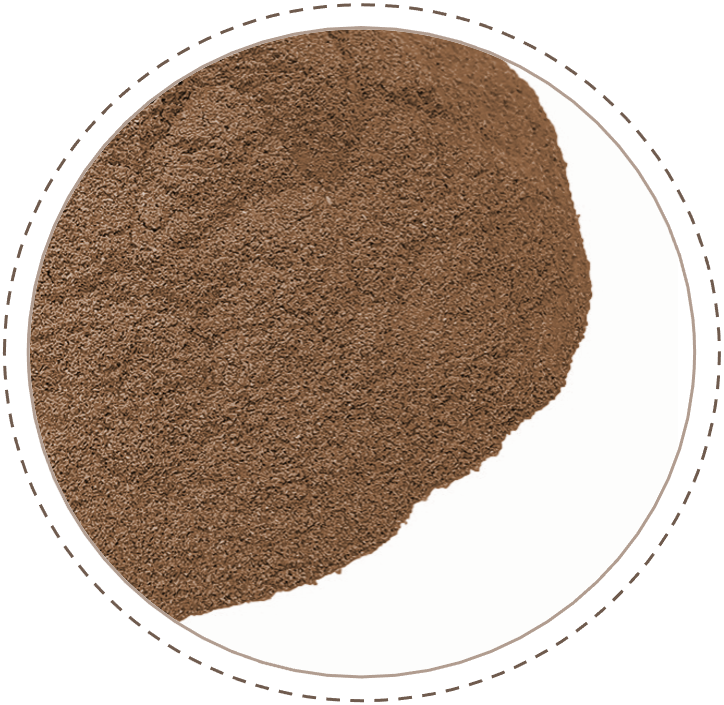Beyond Corals
The recent climate changes are affecting key elements of our ecosystem such as tropical forest, deserts, and coral reefs. Corals are living organisms, closely related to jellyfish that live in colonies. The size of those colonies can vary, the largest coral reef to date, the great barrier is estimated to stretch over 2300 kilometers. There … Read more

